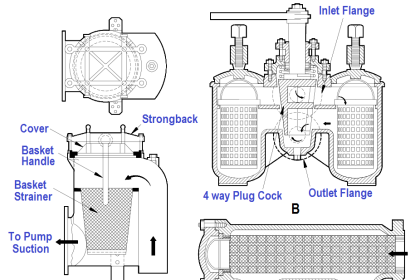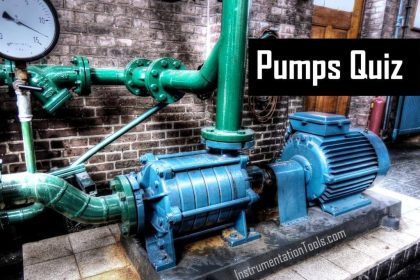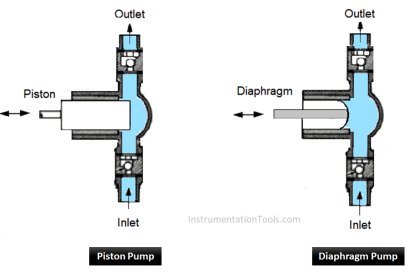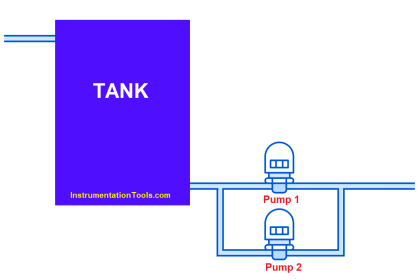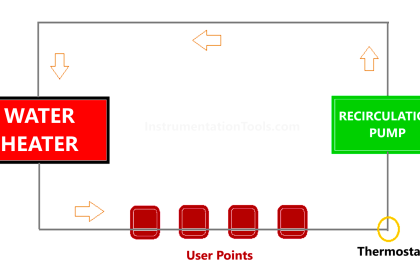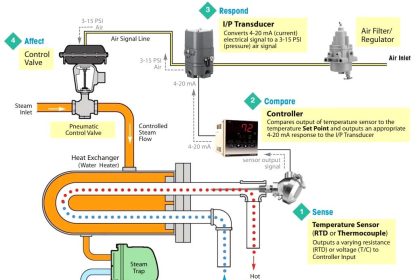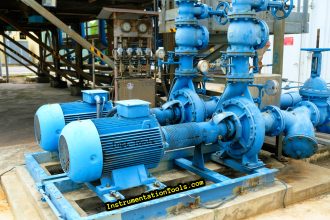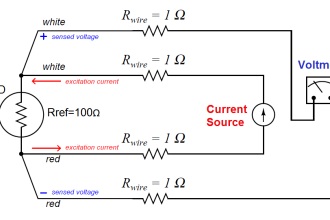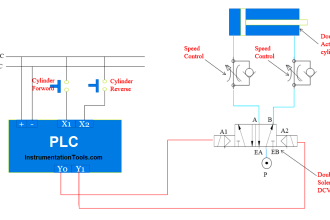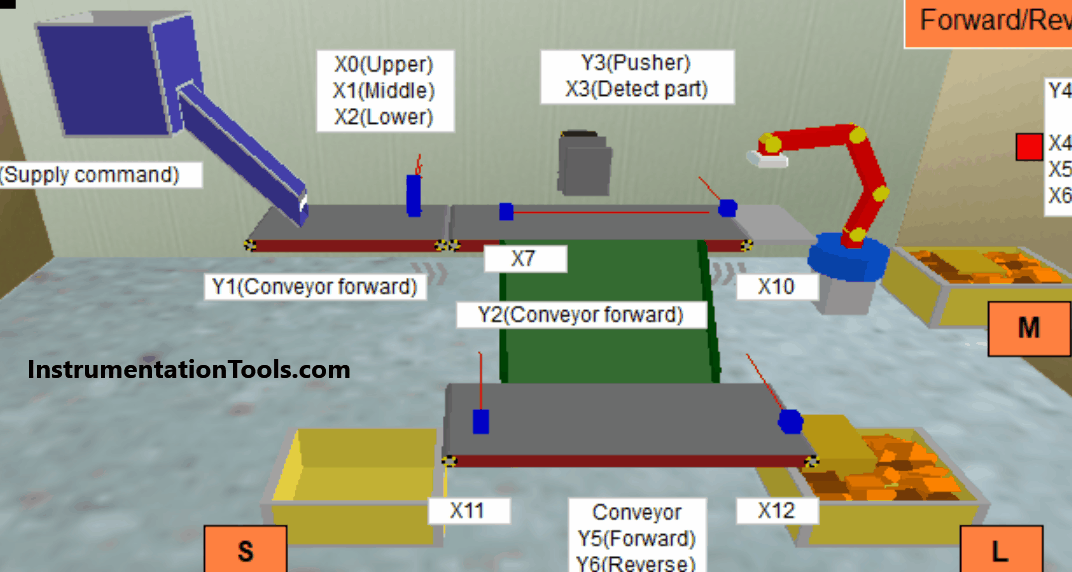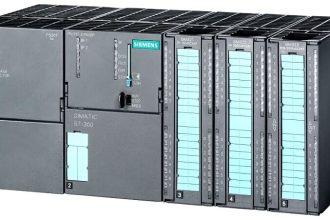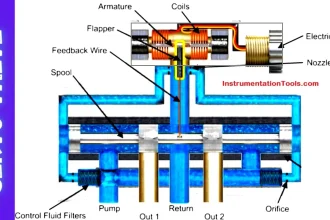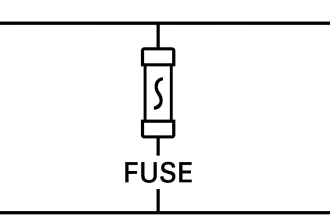Filtration is a process used to remove suspended solids from a solution. Other processes such as demineralization remove ions or dissolved ions. Different filters and strainers are used for different applications. In general, the filter passage must be small enough to catch the suspended solids but large enough that the system can operate at normal system pressures and flows.
Backwashing Precoat Filters
After a filter has been precoated, it is put into service and kept on line until the pressure differential indicates that the filter medium is becoming plugged. When this occurs, the old filter medium is removed and the filter is precoated again. Filters are usually installed in pairs, so that one filter can remain in service while the other is undergoing the filter backwashing and precoating process.
Since water pressure helps to hold the filter medium against the septums, some of the old filter medium will fall off as soon as this pressure is removed. Backwashing is used to remove the filter medium that does not fall off. Backwashing is usually done in one of two ways. With some filters, demineralized water is pumped backwards through the center of the septums, and the filter medium coating is knocked off by the water as it comes out through the septums.
Most filters use a multi-step backwashing procedure. First, the inlet valve and the outlet valve are closed, and the drain valve and the top vent are opened to allow the water to drain. Then the drain valve and the vent are closed, and the inlet water valve is opened to raise the water level. The filter is equipped with a special high-domed top to trap and compress air. When the water inlet valve is closed and the drain valve is opened quickly, the compressed air forces water down through the center of the septums. This water knocks the filter medium off of the septums.
With both types of backwashing, the filter medium coating that is removed is sluiced out through a drain line to a filter sludge tank, where it is stored for further processing. The filter is then precoated again and put back into service.
With precoat filters, the type and quantity of filter medium is critical. If too little material or too coarse a material is used, some of the finely divided crud in the water may get into the openings of the septums. When the filter is backwashed, this crud is usually not removed. It continues to build up during subsequent use of the filter until the septums become so plugged that they have to be replaced.
If too much filter medium is used, the layer that builds up on the septums will bridge the area between the septums. When the filter is backwashed, these bridges are usually not removed. Therefore the bridging continues, and the filter runs become progressively shorter. Eventually, the filter must be opened and the filter medium must be removed manually.
Precoat filters are much more complicated than cartridge filters, and the equipment required is much more expensive to install and maintain. The major advantage of precoat filters is the remote operation, which eliminates the physical handling of highly radioactive filter cartridges.
